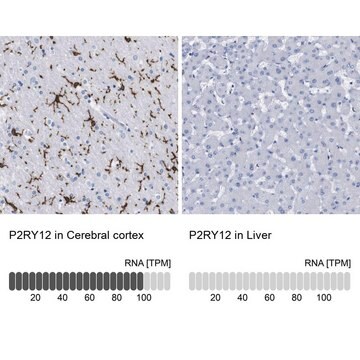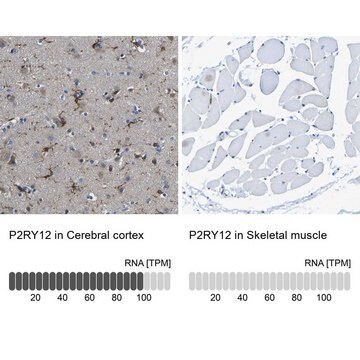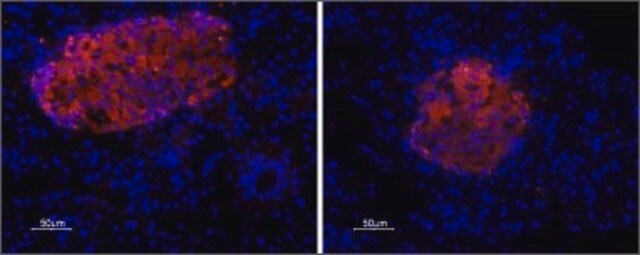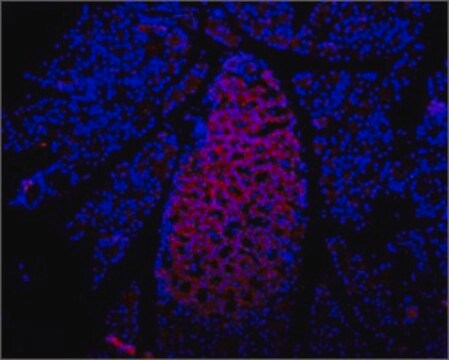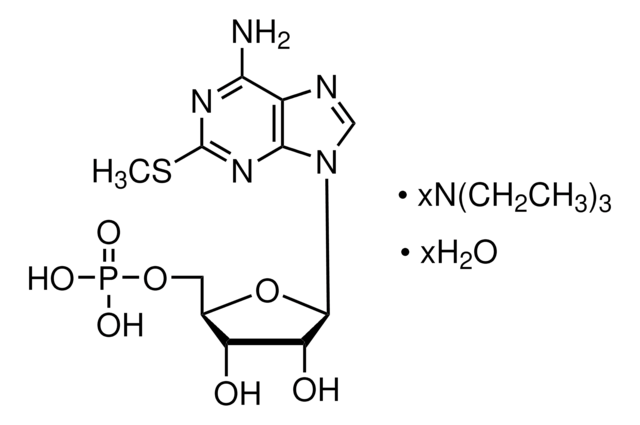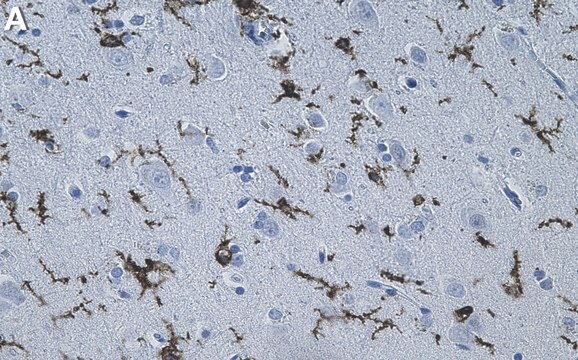Kluczowe dokumenty
P4871
Anti-Purinergic Receptor P2Y12 antibody produced in rabbit
affinity isolated antibody, lyophilized powder
Synonim(y):
Anti-ADPG-R, Anti-BDPLT8, Anti-HORK3, Anti-P2T(AC), Anti-P2Y(12)R, Anti-P2Y(AC), Anti-P2Y(ADP), Anti-P2Y(cyc), Anti-P2Y12
About This Item
Polecane produkty
pochodzenie biologiczne
rabbit
Poziom jakości
białko sprzężone
unconjugated
forma przeciwciała
affinity isolated antibody
rodzaj przeciwciała
primary antibodies
klon
polyclonal
Formularz
lyophilized powder
reaktywność gatunkowa
human, mouse, rat
metody
immunohistochemistry: suitable using mouse brain sections
western blot: 1:200 using rat brain membranes or human platelets
numer dostępu UniProt
temp. przechowywania
−20°C
docelowa modyfikacja potranslacyjna
unmodified
informacje o genach
human ... P2RY12(64805)
mouse ... P2ry12(70839)
rat ... P2ry12(64803)
Opis ogólny
Immunogen
Zastosowanie
Działania biochem./fizjol.
Postać fizyczna
Oświadczenie o zrzeczeniu się odpowiedzialności
Nie możesz znaleźć właściwego produktu?
Wypróbuj nasz Narzędzie selektora produktów.
Wybierz jedną z najnowszych wersji:
Masz już ten produkt?
Dokumenty związane z niedawno zakupionymi produktami zostały zamieszczone w Bibliotece dokumentów.
Nasz zespół naukowców ma doświadczenie we wszystkich obszarach badań, w tym w naukach przyrodniczych, materiałoznawstwie, syntezie chemicznej, chromatografii, analityce i wielu innych dziedzinach.
Skontaktuj się z zespołem ds. pomocy technicznej